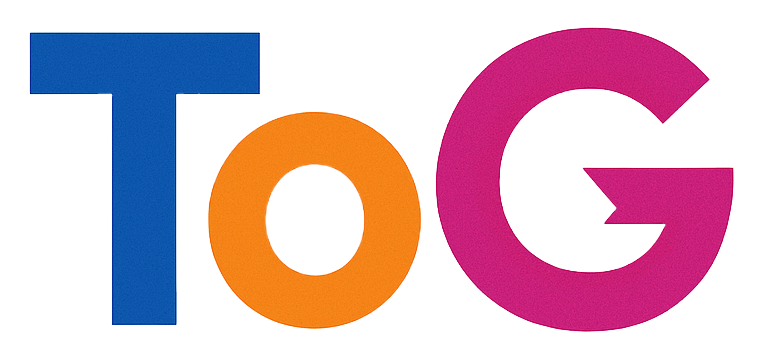Optimizing SEO Workflows: Balancing Reporting and Strategy
In the fast-paced world of digital marketing, SEO professionals often find themselves caught in a relentless cycle of reporting tasks that can overshadow core strategic efforts. Many agencies and freelancers experience a recurring challenge: dedicating disproportionate amounts of time to generating and maintaining reports rather than focusing on impactful SEO initiatives.
Common Reporting Procedures
Typically, the routine includes leveraging analytical tools such as Google Analytics 4 (GA4) for traffic and conversions, Search Console for queries and impression data, and SEO platforms like Ahrefs or SEMrush to monitor backlinks and keyword movements. Some professionals also create Data Studio dashboards to visualize data for clients, alongside preparing polished presentations in PowerPoint or Google Docs to communicate results effectively.
The Dilemma
While these reports are essential for client transparency and performance tracking, a recurring frustration is the low engagement from clients. Often, clients log into dashboards once or twice but still request comprehensive PDF reports at the end of each month. This redundancy leads to significant time expenditure on manual exportation, reformatting CSV files, fixing broken connectors, and updating visualizations—especially when data syncs fail unexpectedly, sometimes late at night.
Impact on SEO Productivity
This cycle of patching reports not only consumes valuable time but also hampers the ability to focus on strategic SEO activities. Instead of developing content strategies, conducting technical audits, or exploring new link-building opportunities, many professionals find themselves troubleshooting reporting issues or preparing presentations.
Exploring Solutions
Given these challenges, it’s worth considering alternative approaches to streamline reporting workflows:
-
Automated Dashboards: Using tools like Data Studio or Looker to create real-time, interactive dashboards can reduce reliance on static reports. Ensuring clients are trained or encouraged to consult these dashboards directly may decrease the frequency of manual report requests.
-
Scheduled Automated Exports: Setting up automated data exports and notifications can minimize manual handling. For example, configuring scheduled emails from Google Sheets or Data Studio can deliver updated reports regularly.
-
Client Education: Clearly communicating the value of dashboard engagement and establishing reporting expectations early can foster greater client independence, reducing ad-hoc requests.
-
Integrating Data Pipelines: Utilizing reliable ETL (extract, transform, load) tools helps maintain consistent data flows and reduces the likelihood of connector issues.
-
Streamlined Reporting Processes: Developing standardized templates and workflows can save time and create repeatable, efficient routines.
Final Thoughts
Finding the

